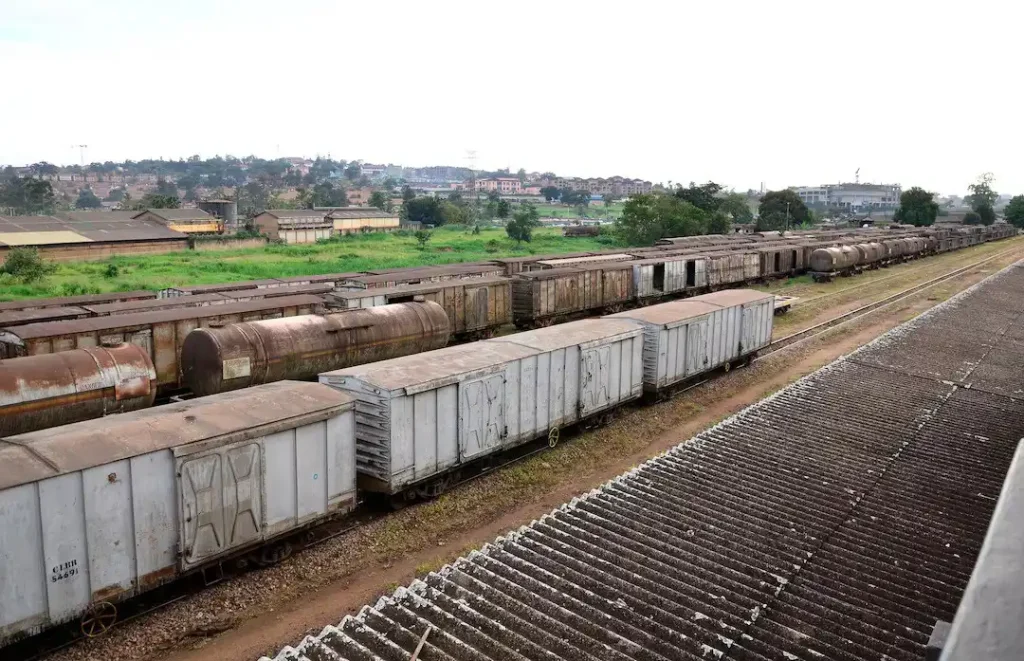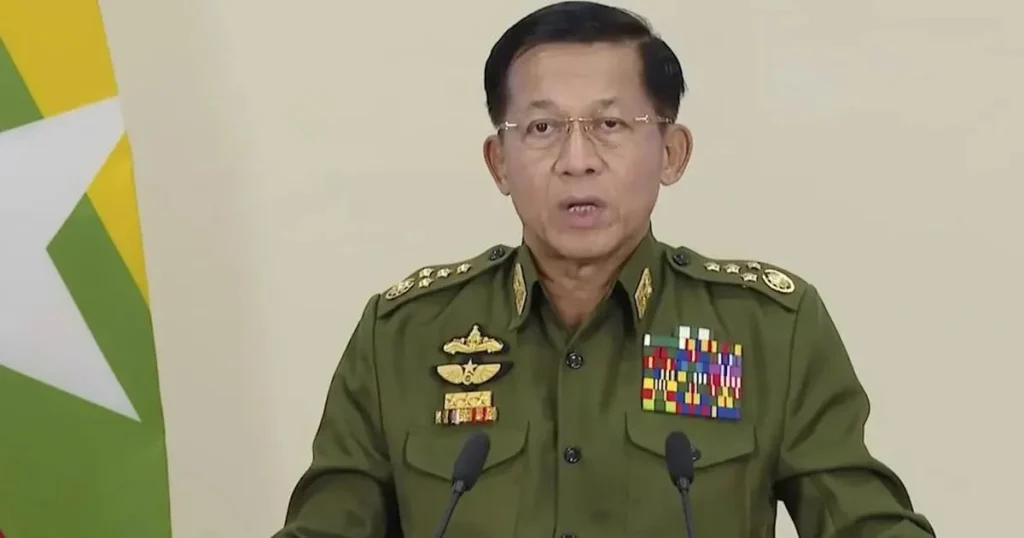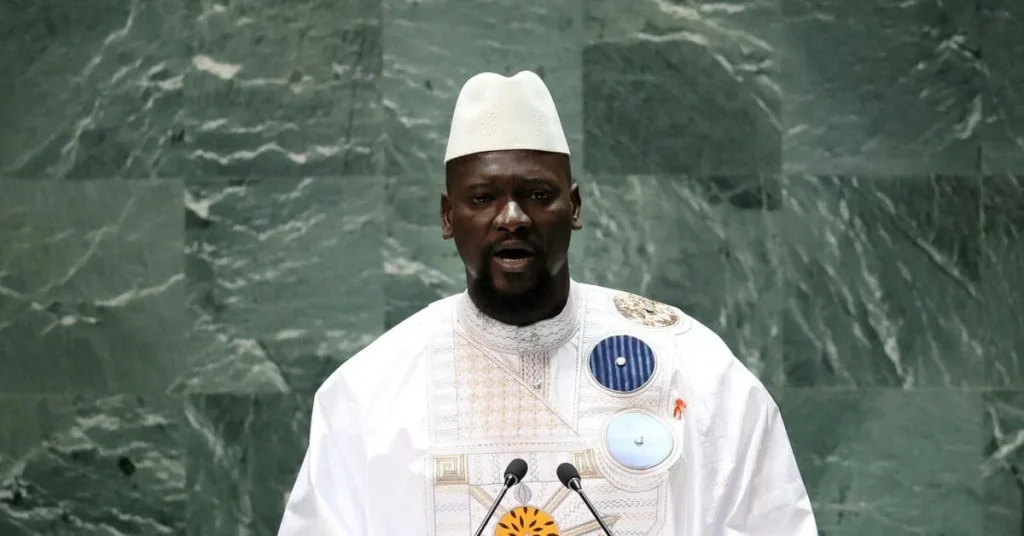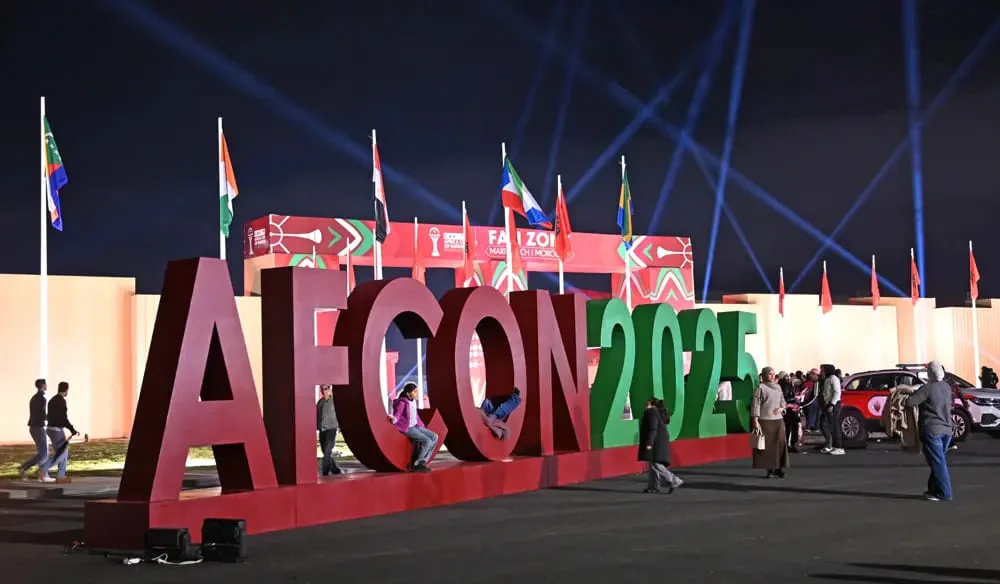In August 2023, Uganda began restoring a 375-kilometer stretch of its colonial-era railway, built by the British around 1900, connecting Tororo near the Kenyan border to Gulu in the north, close to South Sudan. Part of the East Africa rail network from Mombasa, the line has been dormant for nearly 40 years due to disrepair following Uganda’s economic collapse in the 1970s and 1980s. “Our ambition is to move all long-distance bulk cargo transportation onto rail from roads in a few years because rail is cheaper in terms of cost and time,” said John Linnon Sengendo, spokesperson for the Uganda Railways Corporation (URC), to Reuters.
Shift from Chinese Funding
The revival follows Uganda’s cancellation of a $2.2 billion contract with China Harbour and Engineering Company in early 2023, after China Exim Bank declined to fund a modern standard gauge railway (SGR) linking Kampala to Kenya’s border. Instead, China Road and Bridge Corporation was contracted to refurbish the old meter-gauge line for 200 billion shillings ($55.48 million), funded by the Ugandan government over two years. This shift came after years of stalled negotiations with China, prompting Uganda to pivot to alternative partners, including Turkey’s Yapi Merkezi, for future SGR plans.
Regional Economic Goals
The restoration aims to replace costly truck transport, facilitating cheaper goods shipment to South Sudan and northeastern Democratic Republic of Congo. The project aligns with the East African Community’s Railway Master Plan to revive and expand rail networks across Tanzania, Kenya, Uganda, Rwanda, Burundi, and eventually South Sudan and Ethiopia. The Tororo-Gulu line, co-funded by the European Union with a €21.5 million grant, includes a logistics hub in Gulu, completed in 2021, to enhance trade efficiency.
Challenges and Progress
Despite progress, the project faced setbacks, with rehabilitation stalling at 18.44% completion by late 2022 due to payment disputes with contractor Sogea Satom. Negotiations with Uganda’s Ministries of Works and Finance have resumed to address these issues. Recent updates from August 2025 indicate the Tororo-Gulu line is nearing completion, with a target of February 2026, per posts on X by @ntvuganda. Additional funding from Spain and the African Development Bank supports related upgrades, such as the Kampala-Mukono line.
Strategic Implications
The railway’s revival reflects Uganda’s pragmatic response to funding challenges and a broader regional push for infrastructure-led economic growth. By restoring colonial-era tracks, Uganda aims to cut transport costs and boost trade competitiveness on the Northern Corridor. However, reliance on foreign contractors and the shift away from Chinese investment highlight the complexities of financing large-scale projects in East Africa, with potential geopolitical implications as Turkey and Western partners fill the gap






